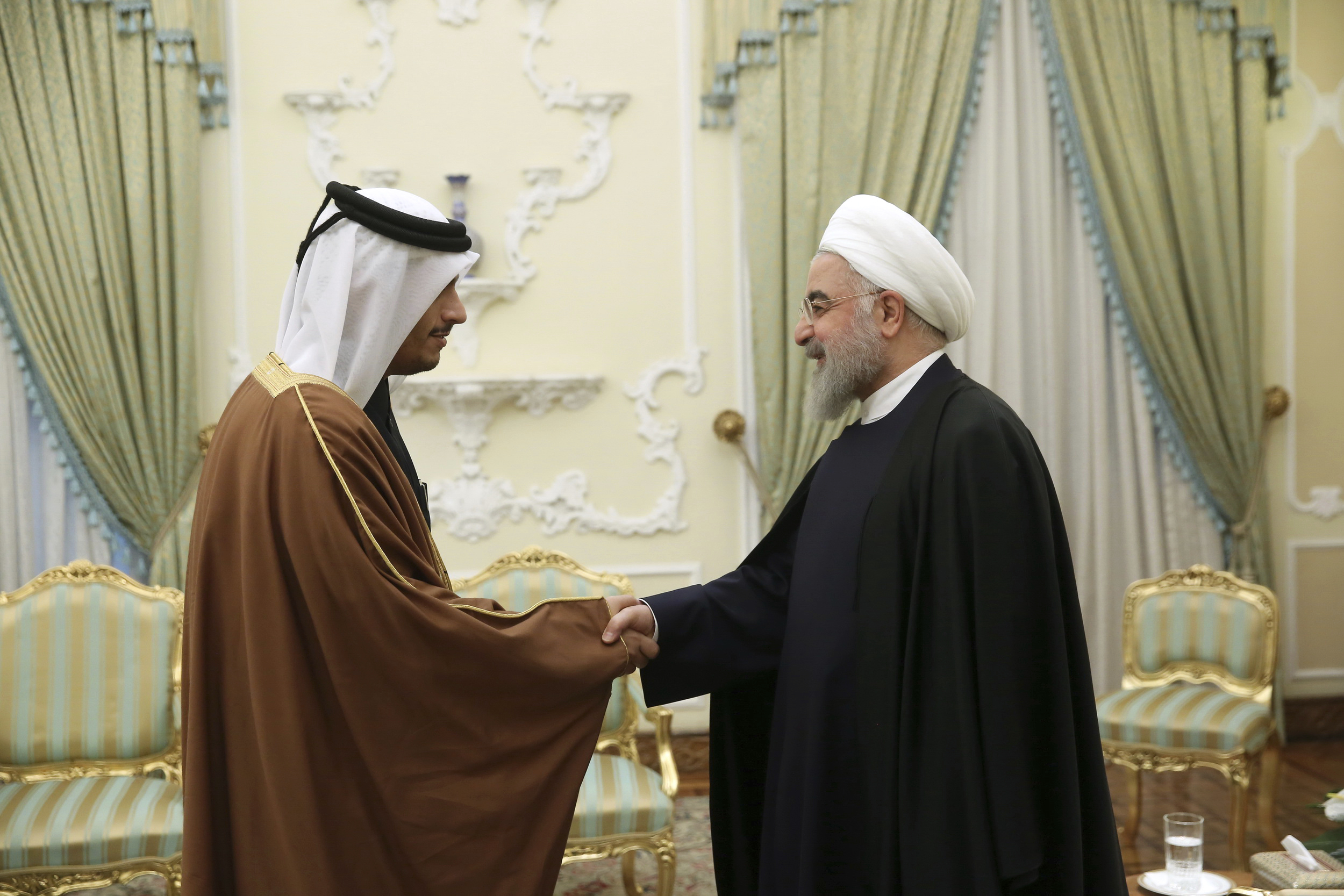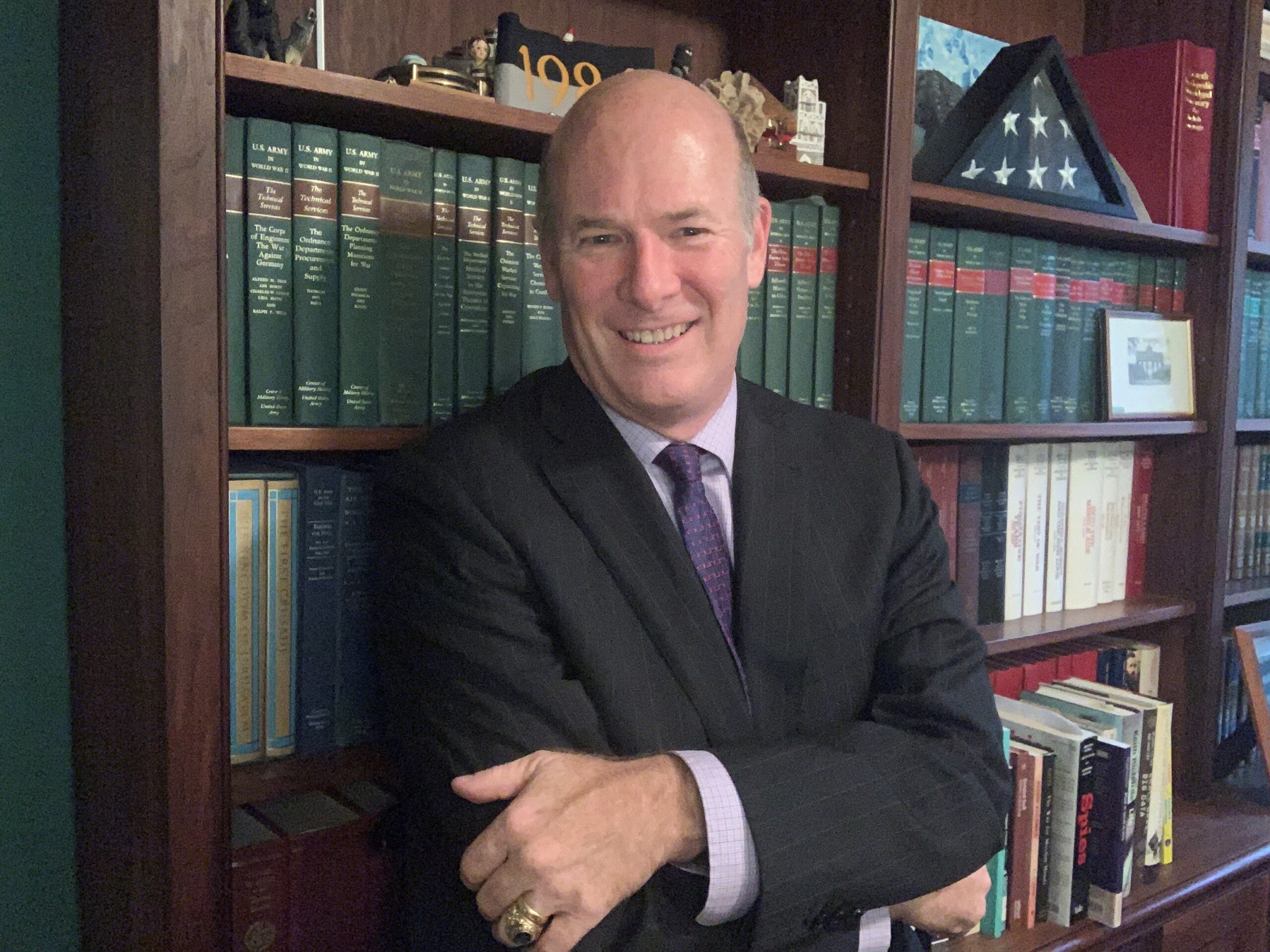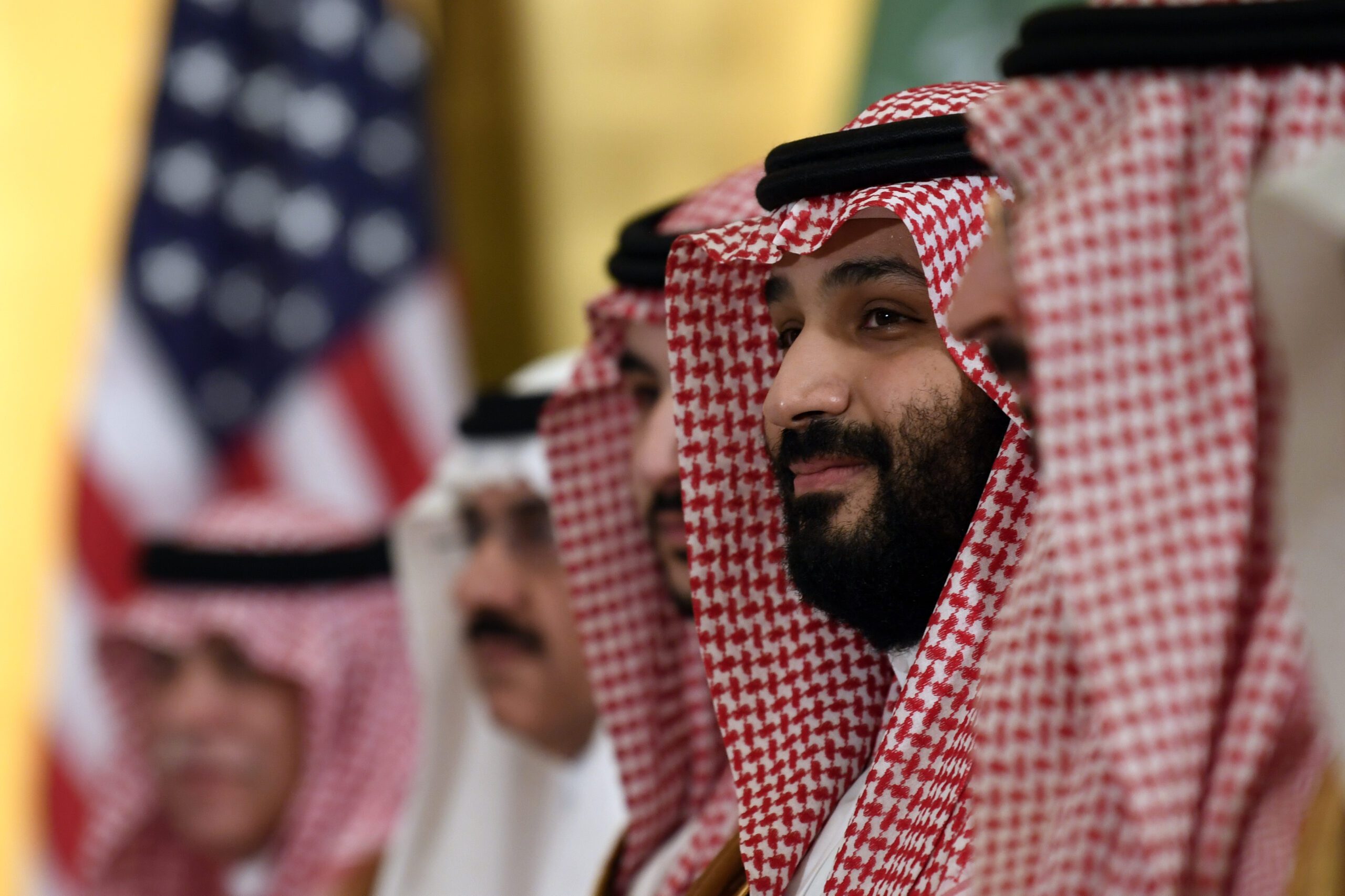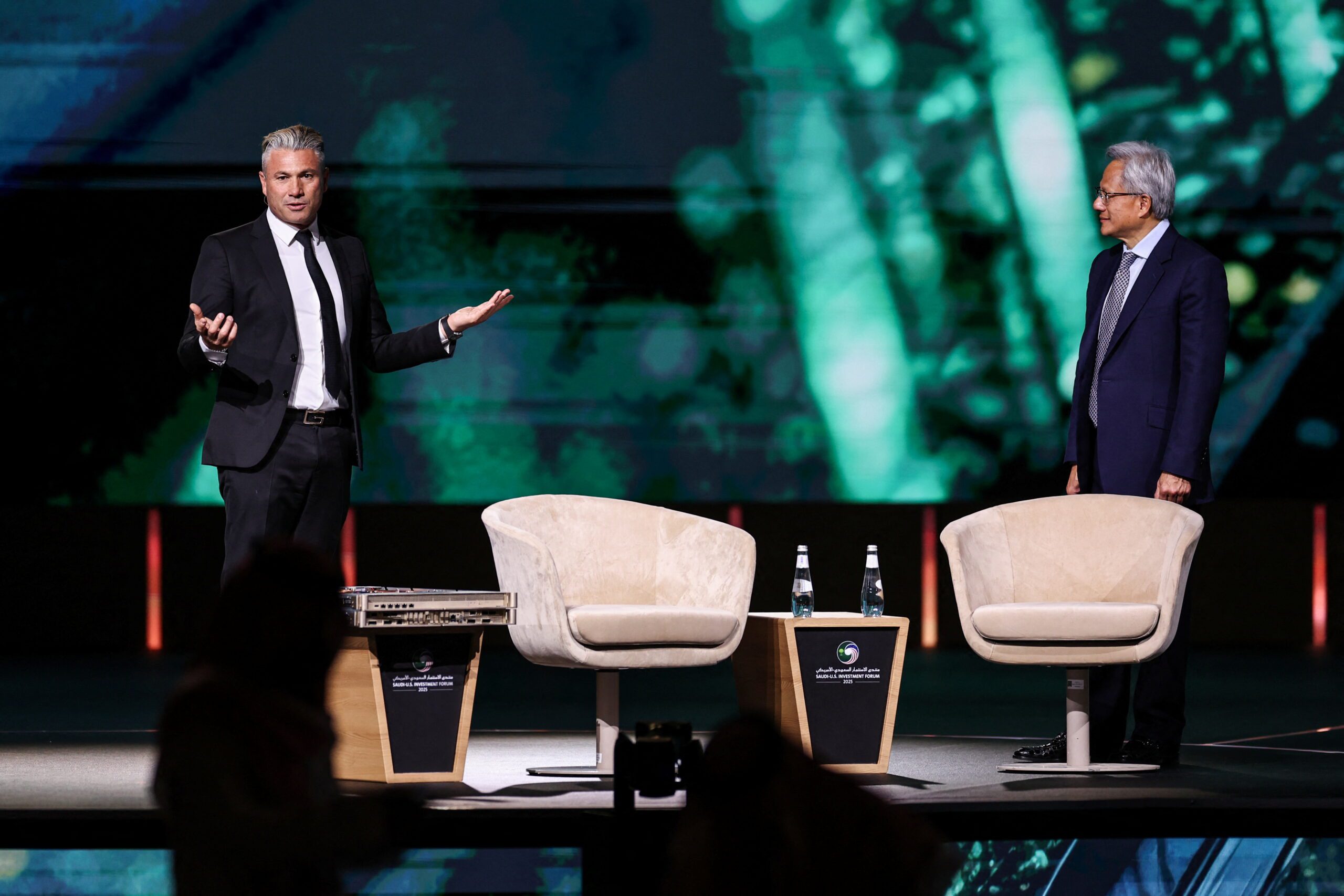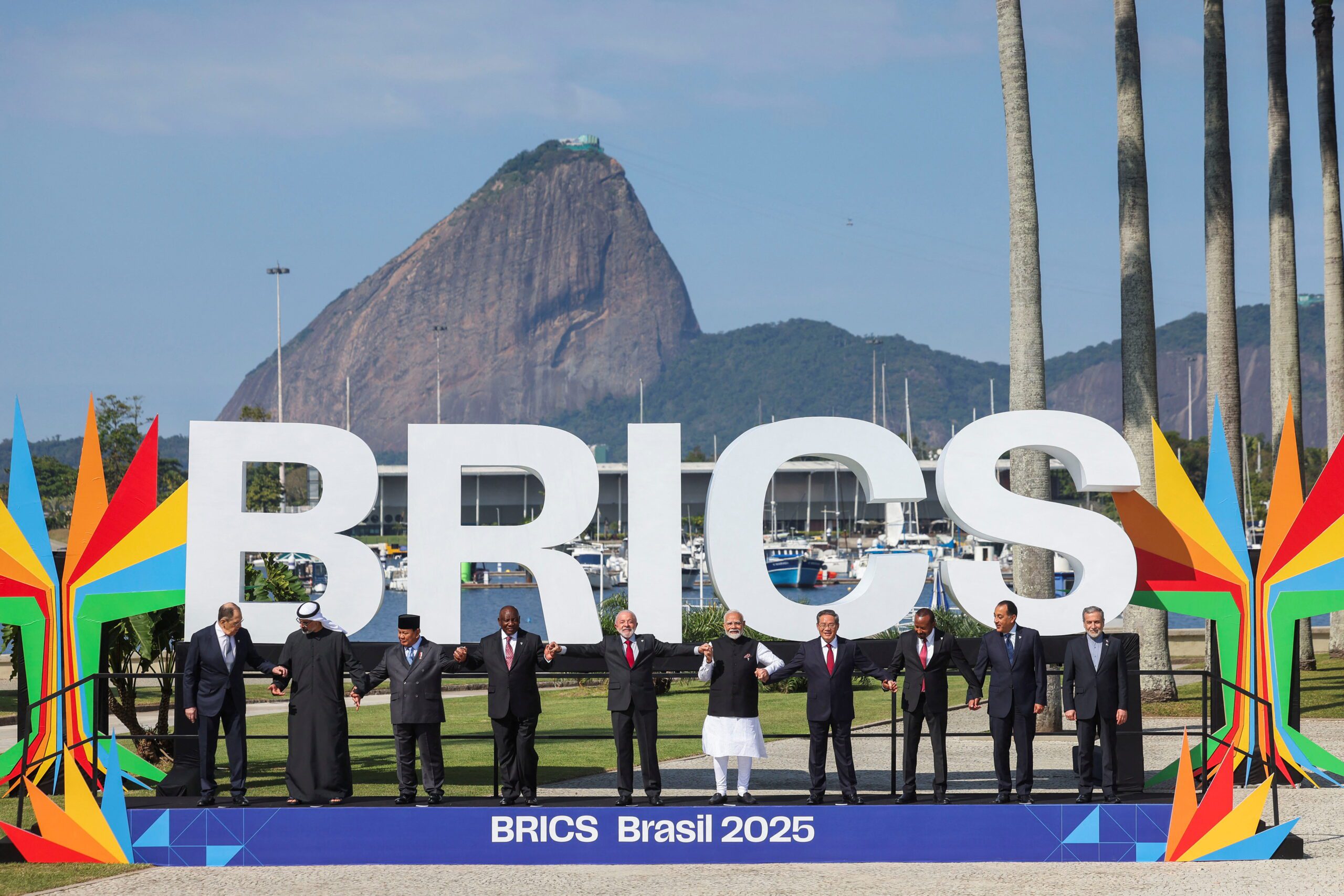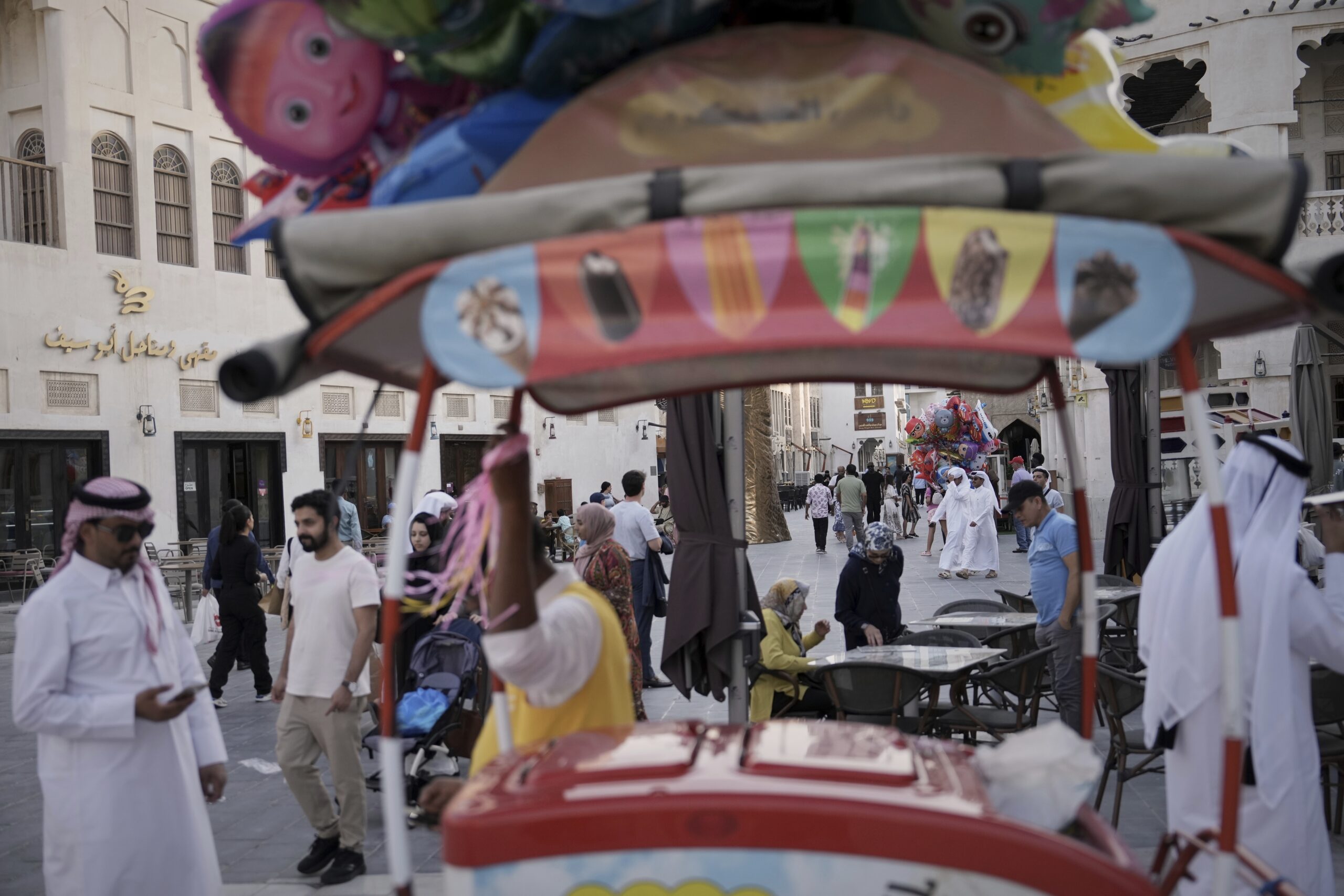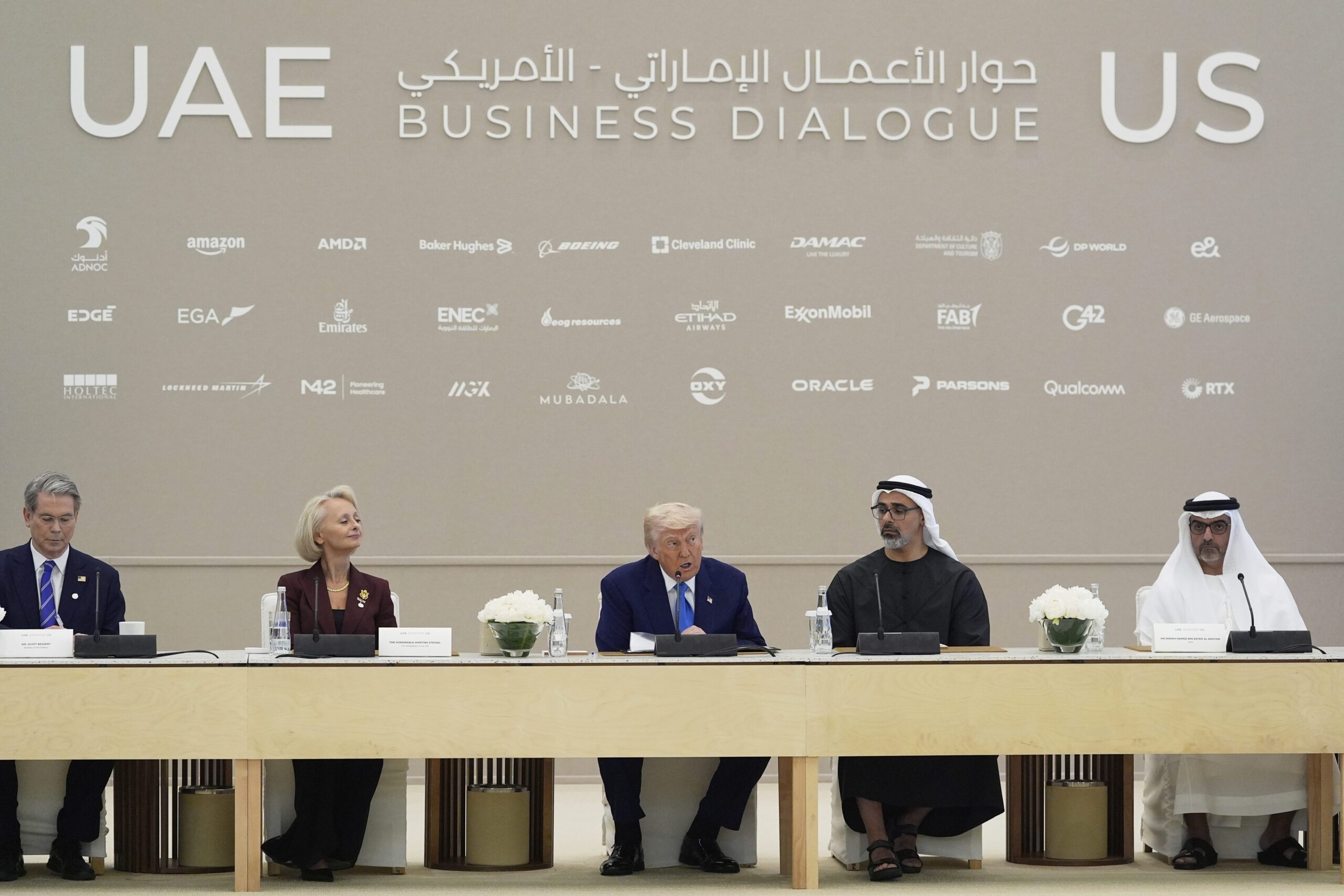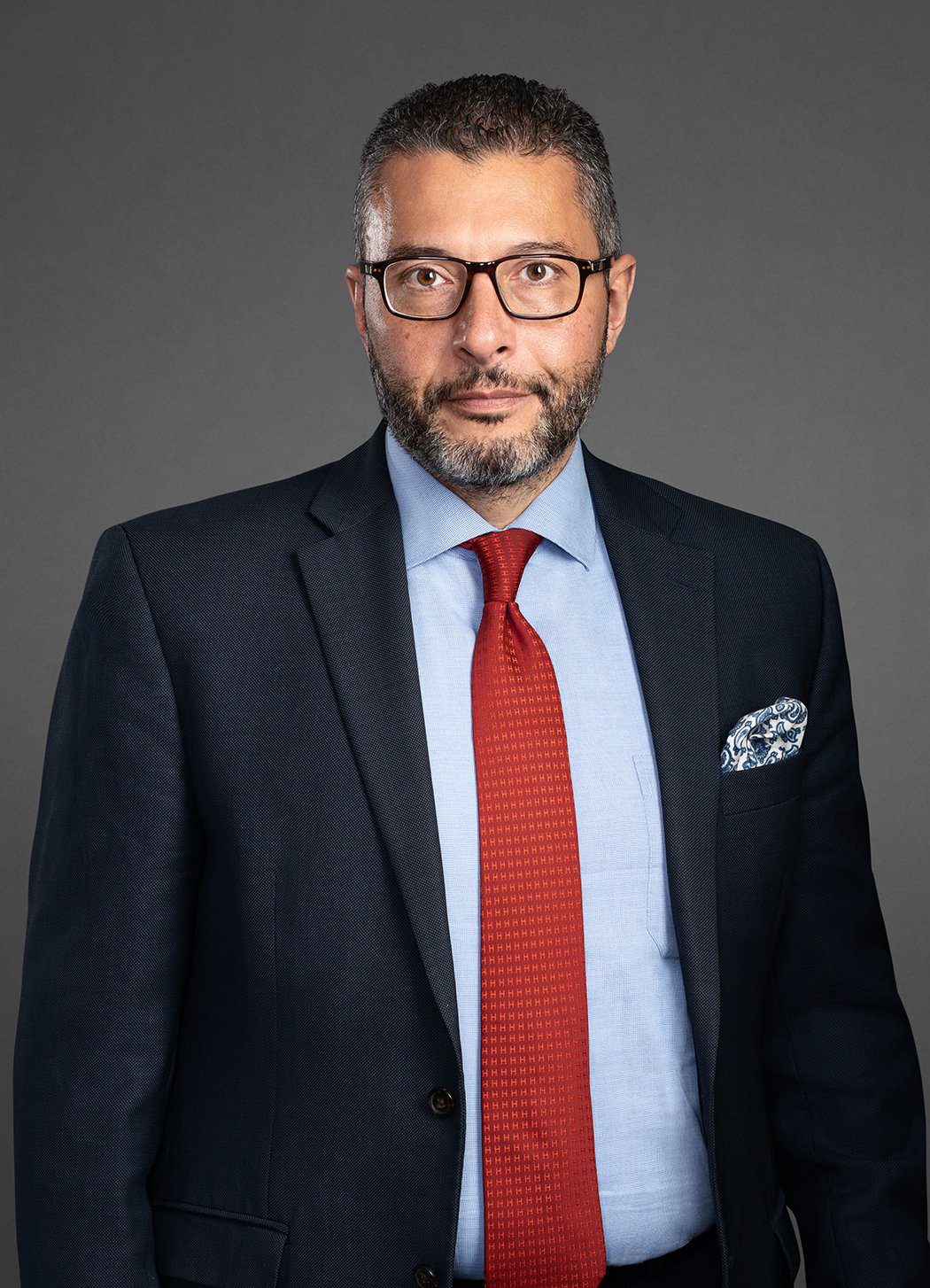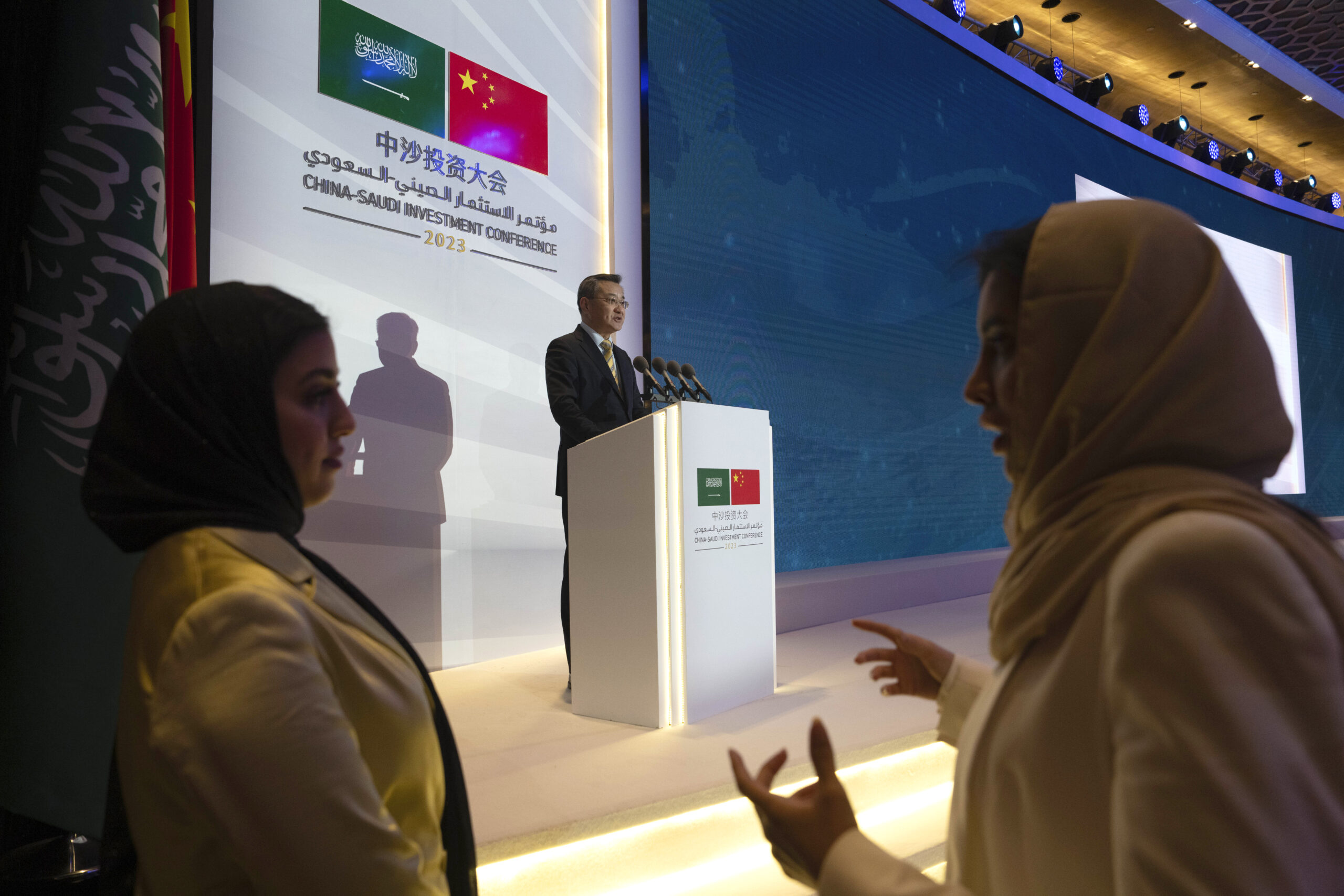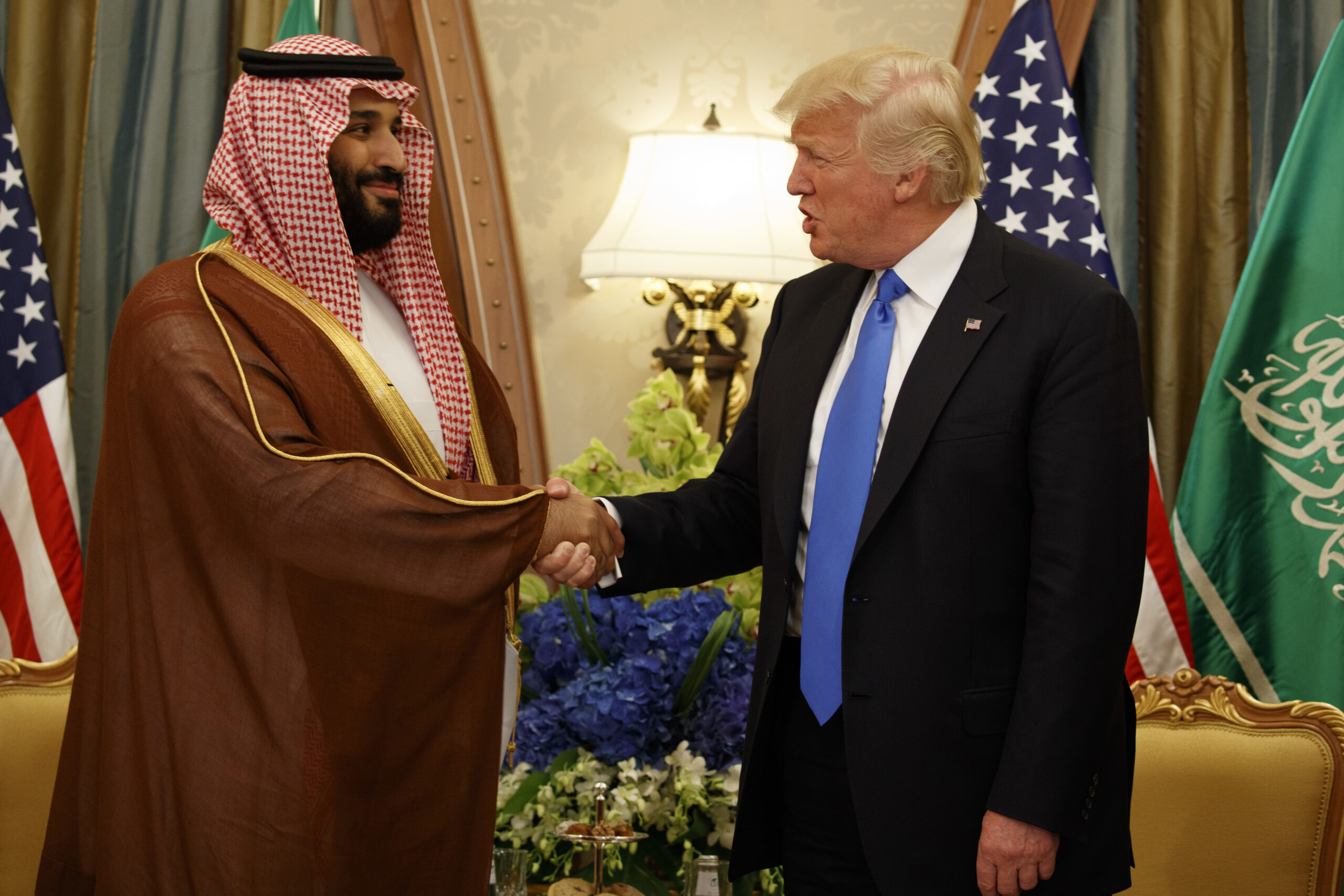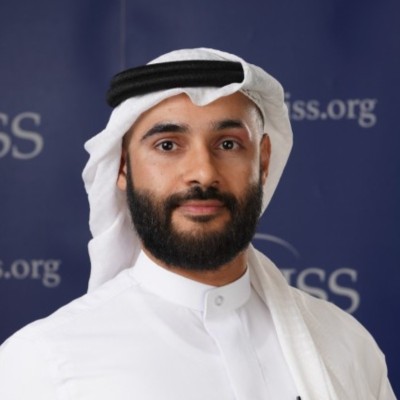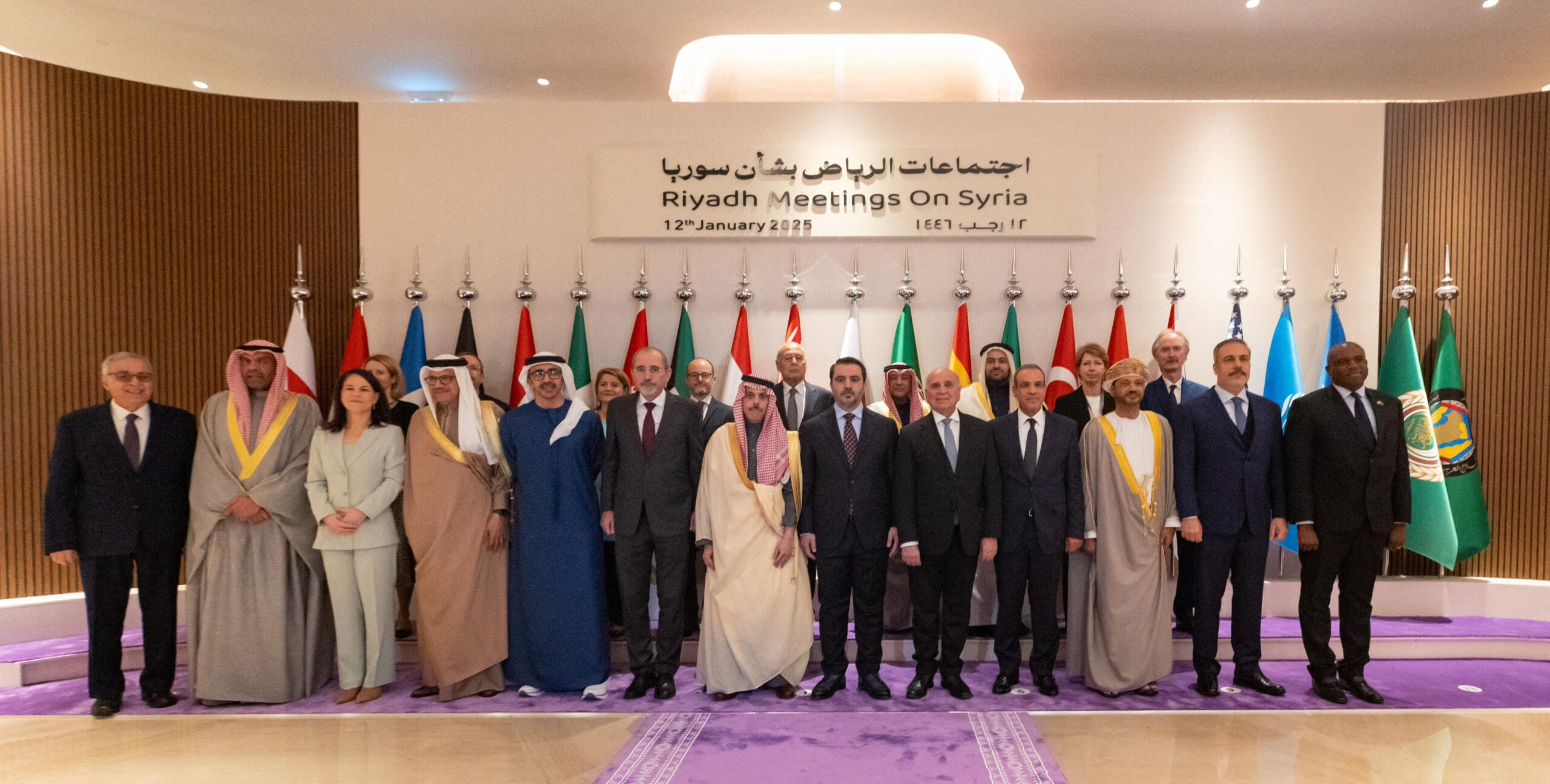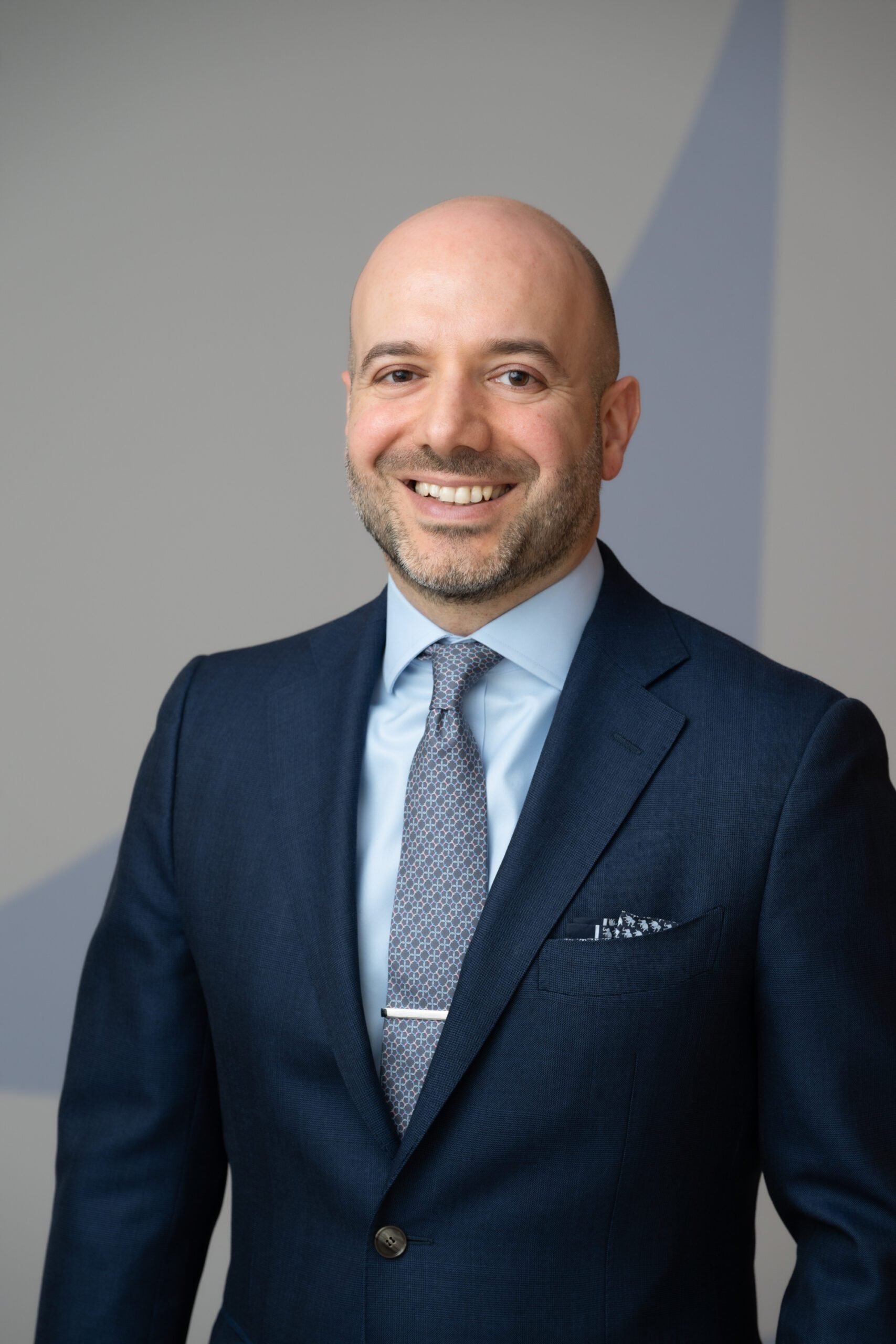U.S.-Iranian Tensions Offer Stress Test for Gulf Arab Economies
Despite a subdued response by global and Gulf markets, the state of U.S.-Iranian relations poses long-term risks to Gulf Arab economies.
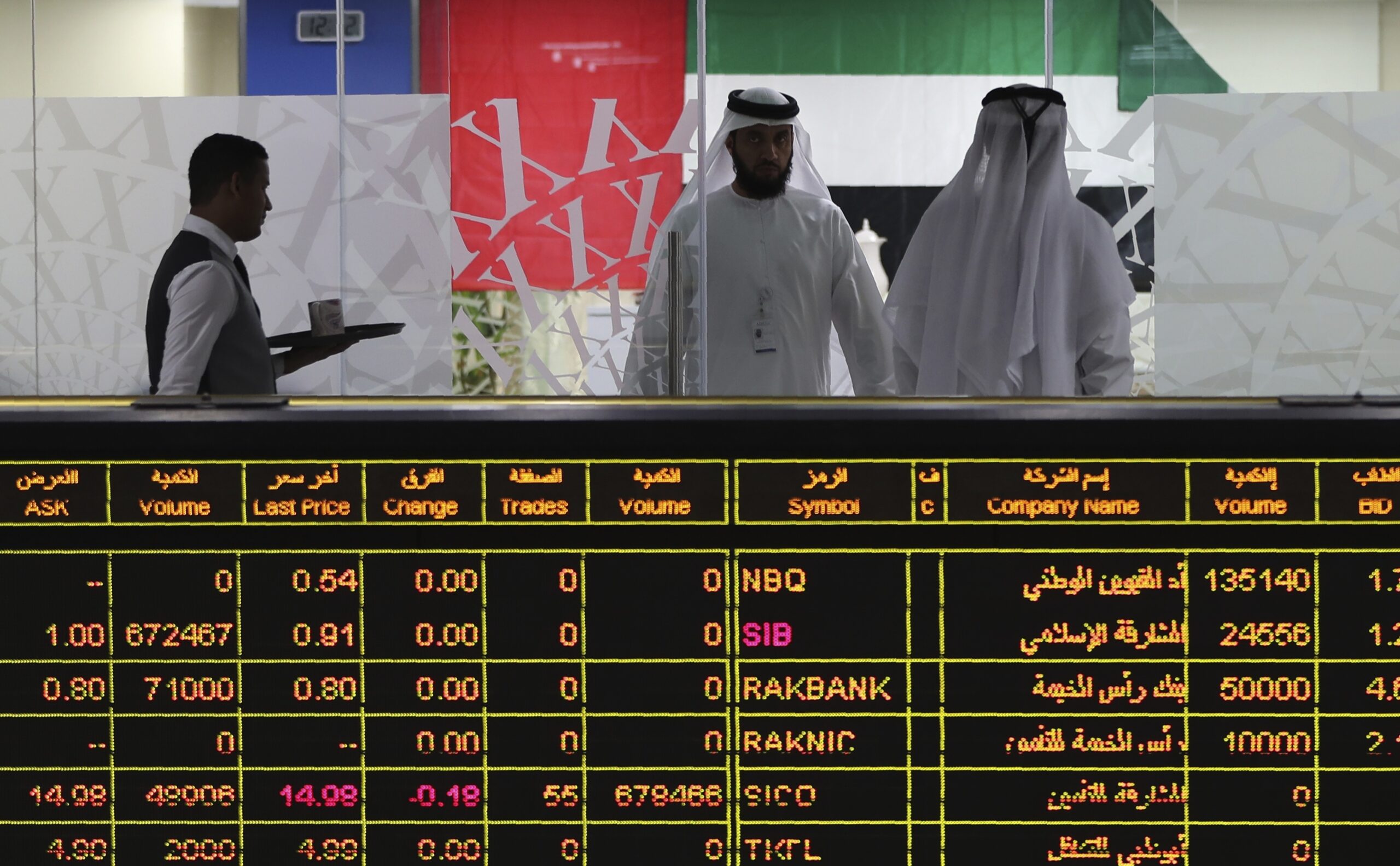
Global markets have responded in a subdued manner to dramatic tensions over recent weeks between the United States and Iran. Tensions escalated between the two countries with the U.S. airstrike that killed Major General Qassim Suleimani, commander of Iran’s Islamic Revolutionary Guard Corps Quds Force, and the Iranian retaliatory attack on two bases in Iraq housing U.S. forces. In the immediate aftermath of both attacks, oil and gold prices surged while stocks dropped.
Yet prices of oil and safe haven assets, such as gold, quickly dipped from their short-term highs, and global and Gulf stocks largely stabilized and rebounded. The absence of any disruption to the free flow of oil and commerce throughout the region permitted markets to shrug off fears that the attacks would immediately develop into a larger conflict. This round of attacks did not pose an existential economic threat to Gulf Arab countries, and the de-escalatory tone of President Donald J. Trump’s January 8 statement appears to have limited volatility in global and regional markets.
Nevertheless, these unprecedented attacks have been a stress test for Gulf Arab economies. The state of U.S.-Iranian relations further complicates the persistent challenges confronting the region’s economic policymakers, who are under increasing pressure to diversify economies away from oil and gas, generate employment opportunities for citizens, promote growth, and attract foreign direct investment.
A Subdued Reaction
Oil prices spiked 5% after the January 3 attack that killed Suleimani in Iraq. Futures for Brent crude briefly exceeded $70 per barrel on January 6 – a price threshold not reached since September 16, 2019. Following Iran’s January 8 attack, Brent briefly peaked at $71.75/bbl, but futures dropped to $65.65/bbl shortly thereafter. Rising oil prices can help fill Gulf Arab government coffers over the short term. Governments that factored conservative oil price estimates into their 2020 budget calculations – such as Oman’s $58/bbl projection – will enjoy temporary fiscal relief.
A rise in oil prices owing to exogenous factors simultaneously complicates Saudi Arabia’s ability to enforce sustained production cuts by the OPEC and non-OPEC alliance, or OPEC+ group. The bloc has agreed to respond to any supply emergency by reversing production cuts. A spike in the costs of crude oil shipments through Gulf waters places additional pressure on global oil supply chains. Saudi Arabia’s state-backed oil tanker company, Bahri, suspended shipments through the Strait of Hormuz after the Iranian missile attacks. Any new attacks on regional oil and gas facilities or disruptions to commercial activity in the Strait of Hormuz could expand the scope of economic concerns beyond pricing issues.
Saudi Aramco and BP Share Prices (in U.S. dollars)
U.S.-Iranian tensions put additional pressure on Aramco shares, which dipped 1.7% immediately after the January 3 attack and have been on a downward trend since December 16. After peaking at 38 Saudi Arabian riyals ($10.13), trading stabilized around 35.40 riyals ($9.44) at the end of 2019. However, the company’s share price ended at 34.20 riyals ($9.12) on January 8 – the lowest point since the energy giant’s market debut on December 11, 2019.
The downward trajectory of Aramco’s share price since peak trading in December shaved around $200 billion in value, leading some analysts to reassert the suggestion that shares were overvalued. Goldman Sachs is acting as a share-stabilizing manager for Aramco – a role that permitted the bank to buy additional shares of the company until January 9. The proximity of Aramco facilities to Iran and attacks by Iran or Iranian allies on Saudi oil facilities and infrastructure will make it difficult for Saudi officials to redirect the share price in a positive direction. Another risk is that a drop in oil prices could put further pressure on Aramco shares, as it cuts into the company’s profitability.
In contrast to the steady downward movement of Aramco’s share price, shares of leading international oil companies – Exxon Mobil, BP, Total, and Royal Dutch Shell – largely climbed, albeit slowly, over the month ending on January 6, when share prices retreated. Chevron’s share price peaked slightly earlier, on January 2, and the company announced the evacuation of its American oil workers from Iraq on January 6. While the attacks induced a degree of volatility in the share prices of these international oil companies, share price movement was modest and mostly stabilized after January 8.
Stock markets proved resilient in the aftermath of these attacks. Rallies in the Dow Jones Industrial Average, Nasdaq Composite, and S&P 500 largely erased losses as Trump’s statement reassured investors. Exchanges across the Gulf declined steeply on their first day of trading after the January 3 attack. Regional stock exchanges dropped 4.1% in Kuwait, 3.1% in Dubai, 2.4% in Saudi Arabia, 2.3% in Bahrain, 2.1% in Qatar, and to a lesser degree in other exchanges. Gulf stock markets did not enter a free fall but rather mostly stabilized in the following days. Iran’s retaliatory attack led to smaller losses. For example, Saudi Arabia’s stock exchange dropped less than 1% on January 8.
Longer-Term Risks
Short-term trading aside, the risk of a violent conflict between the United States and Iran threatens the viability of high-profile regional events, such as Dubai Expo 2020 and the G–20 summit later this year in Riyadh. Officials in Dubai hope the expo – the first world’s fair event to take place in the Middle East – will be a stimulus for foreign investment and non-oil revenue. For this reason, Dubai’s government expects to increase its annual expenditure by 17% over 2020. The UAE also implemented multiple entry tourist visas with a 5-year validity to promote the country as a destination for international visitors.
In November, Saudi Arabia will host the 2020 G–20 summit under the theme: “Realizing Opportunities of the 21st Century for All.” As the only G–20 member among the Gulf states, Saudi Arabia aims to showcase its economic reform progress and credentials for becoming an international business hub. The World Bank’s designation of Saudi Arabia as the world’s most improved place to do business, though, will be of little value if war breaks out in neighboring Iran.
Regional tensions likewise reduce the value proposition that Gulf Arab states can offer to prospective investors. The World Bank slashed growth forecasts for Gulf economies, owing to geopolitical tensions and lower oil demand, and Moody’s issued a negative outlook for Gulf sovereign creditworthiness. Heightened geopolitical risks in the region are compounded by simmering trade tensions on a global level. Despite recent initiatives in Gulf states to reduce barriers to foreign direct investment, regional governments have struggled to attract desired levels of FDI. Net inflows of FDI have mostly stagnated or declined over the past decade. Moreover, oil and gas investments account for much of the region’s inward FDI.
Worries over armed conflict in Iran – and in other countries hosting Iranian proxies – pose longer-term risks to the region’s tourism industry. Saudi Arabia is aggressively promoting its tourism and hospitality credentials by highlighting cultural heritage events, pre-Islamic historical sites, and luxury vacation packages. In September 2019, Saudi Arabia introduced an e-visa program allowing citizens from 49 countries to apply for tourist visas with a 3-month validity. Kuwait plans to transform its northern territory, which includes Silk City and five of the country’s islands, into an integrated economic zone for tourism and investment. The UAE and Bahrain rely heavily on their tourism industries, and Oman has designated tourism as one of five high-priority sectoral clusters.
The global market reaction to U.S. and Iranian attacks in the Gulf region was muted, but the type of investors needed within Gulf Arab economies are likely to have a longer memory. Some business and leisure travelers will think twice before visiting the region as long as tensions remain high. And the outbreak of an actual war between the United States and Iran would entirely change the terms of business in nearby Gulf Arab states.
The views represented herein are the author's or speaker's own and do not necessarily reflect the views of AGSI, its staff, or its board of directors.



